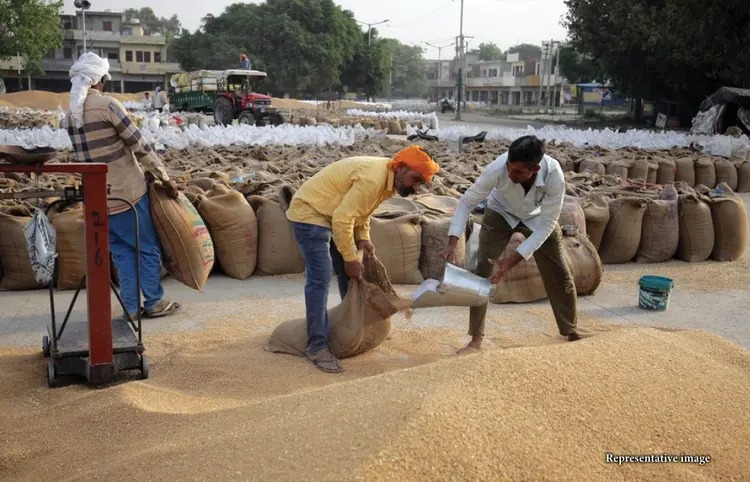
After nano urea, now nano diammonium phosphate (DAP) has been found to be less effective. After urea, DAP is the most consumed fertilizer in the country. Scientists of Punjab Agricultural University found through a two-year field experiment that nano DAP used in wheat fields has the opposite effect on yield compared to conventional nitrogen fertilizers. Along with this, there was also a decrease in the height of plants, the amount of nutrients in wheat grains and husk. Which is considered very important for protein production.
PAU research has shown concerns as well as benefits of nanourea for DAP. Two sprays of nano DAP and no use of conventional DAP with phosphorus ethyl reduced wheat yield by 16.1 per cent. The first treatment saw wheat yield per hectare drop from 56.75 quintals to 47.61 quintals. As far as plant growth is concerned, plant height at maturity was 78.63 cm which was found to be 79.53 cm in the second.
Till now, the government had claimed that Nano DAP contains 8 per cent nitrogen and 16 per cent phosphorus which can replace 50 kg of conventional DAP. The yield was the same in the scenario in which 100 per cent RDP was combined with two sprays of Nano DAP. Apart from the researchers, the company which has been approved to manufacture Nano DAP was also involved in this research.
Nano Urea was launched by the government in 2021
Liquid urea has been given importance by the government for the economical use of chemical fertilizers, besides reducing fertilizer imports and subsidy bill. As far as DAP is concerned, about 40 to 50 lakh tonnes are imported against the estimated annual consumption of 12.5 crore tonnes. Nano Urea was launched by the government in 2021 but questions are being raised whether it is a better alternative to conventional urea.
 look news india
look news india

